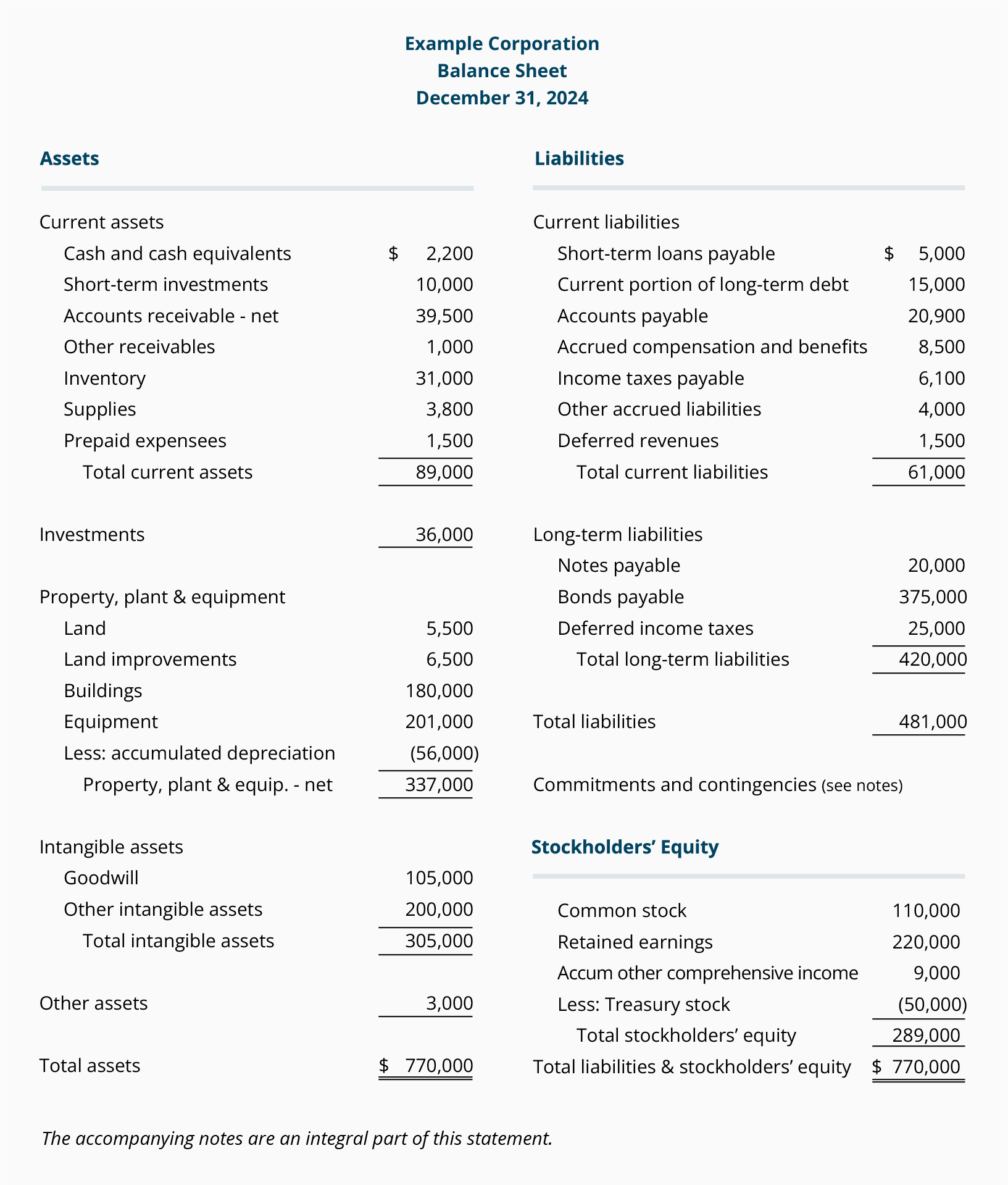Functions of Money
- Medium of Exchange
- Serves to trade one product to another
- Store of Value
- Where money holds it's value over a period
- Unit of Account
- Establishes economic worth
- Commodity Money
- It gets its value from the type of material from which it's made
- Example: Gold, silver
- Representative Money
- Paper money backed by something tangible that gives its value.
- Example: Gold-or-silver-backed money and IOUs
- Fiat Money
- Money because the government says so
- Durability
- Portability
- Divisibility
- Uniformity
- Scarcity
- Acceptability
- Limited supply
- M1 Money
- Consists of currency in circulation, which can be:
- Currency (cash and coins)
- Checkable deposits aka demand deposits and checking accounts
- Traveler's checks
Liquidity: easy to convert to cash
2. M2 Money
- Consists of M1 money + savings accounts + money market accounts
- Savings accounts: a bank account where you can store money you don't need right away but still keep it easily accessible
- Money market accounts: savings account with some checking features; they typically come with checks or a debit card and allow a limited number of transactions each month; traditionally, they've also offered higher interest rates than regular savings accounts
- Consists of M2 money + Certificates of deposit
- v = future value of $
- p = present value of $
- r = real interest rate (nominal rate - inflation rate) expressed as a decimal
- n = years
- k = number of times interest is credited per year
The Simple Interest Formula: v = (1+r)^n * p
xπxπ * p
xπxπ * p
The Compound Interest Formula: v = (1+r/k)^nk * p
Balance/Business Sheet
-Summarizes the financial position of a bank at a certain time
-The value of assets must equal the value of claims
-Claims on a balance sheet are divided into two groups
-Claims on a balance sheet are divided into two groups
Assets (Credit)
- Required Reserves (RR)
- Excess Reserves (ER)
- Loans
- Property
- Bonds (Government securities)
- Demand Deposits
- Owner's Equity
- Net worth
Net Worth: What you've earned

The Federal Reserve
Fractional Reserve Banking System
- The banks have to hold a fraction of the total money supply as currency
Money Creation
Putting new money into circulation using two methods
- When the federal reserve bank buys bonds from people or financial institutions (OMO or open market operations)
- When banks make loans to the public
- The money supply is increased when banks make loans.
- The more loans banks make, the more money there is in circulation.
- A bank can loan any amount that is in excess of its required reserves.
- The banking system can create loans in multiples of an original loan
- Reserves or total reserves
- The amount of deposits that a bank has accepted but not loaned out.
- Required Reserves
- The amount a bank must keep on hand by law
- Excess Reserves
- Whatever the bank has over and above the required reserves
- The required reserve ratio determines this amount
Functions of the FED
- It issues paper currency
- Sets RR and holds reserves of banks
- It lends money to banks and charges them interest
- They are a check clearing service for banks
- It acts as personal bank for the government
- Supervises member banks
- Controls the money supply in the economy
- Type 1: Calculate the initial change in ER
- aka. the amount a single bank can loan from the initial deposit
- Type 2: Calculate the change in loans in the banking system
- Type 3: Calculate the change in the money supply
- Sometimes type 2 and type 3 will have the same result (i.e. no Fed involvement)
- Type 4: Calculate the change in DD
No comments:
Post a Comment